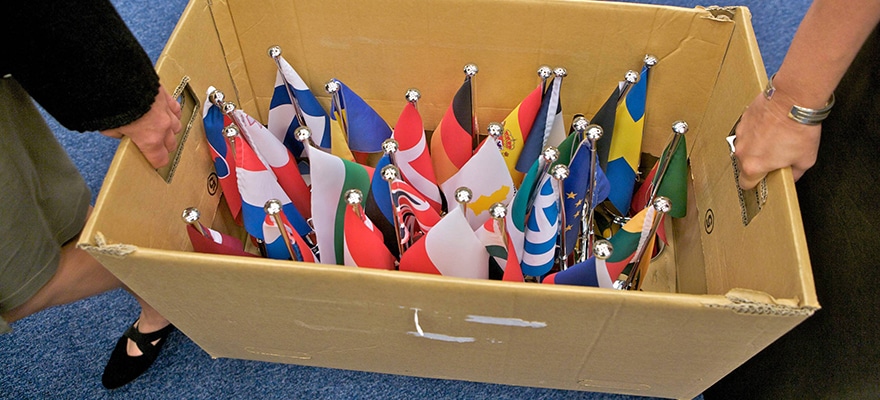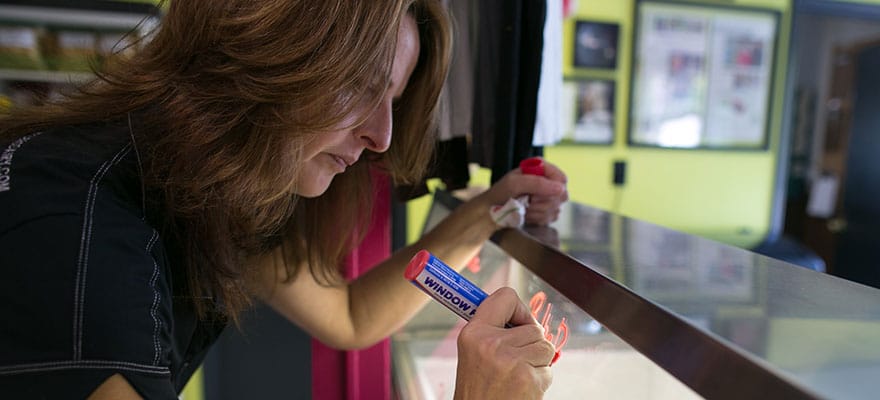Regardless of your location, life as a small business owner is very similar. Whether you’re located in Los Angeles or London, there are customers to be found, inventory to order and bills to pay. When financing is needed, these small businesses often find they can’t get it from a bank. It’s no small wonder, then, that small businesses around the world are fueling a sharp growth in alternative finance.
How big is the alternative finance industry worldwide now? Consider a study released in July 2015 by DealIndex which found more than 1,250 Crowdfunding platforms around the globe, just one of the many options being tested by entrepreneurs.
DealIndex, which is part of a venture capital group which specializes in securities crowdfunding, peer-to-peer (P2P) marketplaces and other forms of alternative finance, estimates that the sector grew 144 percent in Europe from 2013 to 2014, while growing 145 percent in the United States and a whopping 320 percent in Asia.
These alternative funders are meeting a variety of needs, from quick consumer loans to growth capital. They are funding businesses within their home country borders and beyond. E-commerce companies in Korea and China have partnered with alternative finance companies to help its manufacturers move more goods to buyers in Southeast Asia and the U.S.
Much of the growth of the alternative finance industry internationally can be attributed to the same factors that led to its growth in the U.S., namely weak economies and tighter bank lending. A study by Grant Thornton found that after Chinese banks tightened lending standards in 2013, the number of peer-to-peer lenders expanded dramatically. China now has more than 600 P2P funders.
In the United Kingdom, small businesses have traditionally relied on bank overdrafts for working capital. But British banks began sharply curtailing those facilities in 2011. Overnight, millions of dollars of funding dried up, eliminating more than $13.4 billion in working capital from the economy, according to the British alternative finance platform Funding Options.
It’s no small wonder that the U.K. is now Europe’s largest alternative finance market. And it is going to get even bigger in 2016. Next year, the U.K. is widely expected to begin requiring banks to refer small businesses to alternative finance companies if they turn them down for funding.
With different regulatory issues in each country, alternative finance companies have mostly had to grow one country at a time, making for potentially interesting test labs. While equity crowdfunding has been stymied in the U.S., six Canadian provinces adopted a measure to let its businesses raise up to $500,000 per year that way. In some developing countries where there are none of the standard measures of creditworthiness which we have in the U.S., like credit scores, lenders are trying to see if data gathered on cell phone usage will help them predict which loans will be repaid.
U.S. companies are dipping their toes into international alternative finance in different ways. Several of the companies involved in that unusual cell phone underwriting effort are American, for example. Paypal, which facilitates Payments in 26 different currencies, announced in October that it had already lent more than $1 billion through its Working Capital loan program to more than 60,000 small businesses in the U.S., U.K. and Australia.
Other U.S. alternative finance companies are licensing backbone application and underwriting technology to its international counterparts.
Where is international alternative finance heading? That’s the question that the University of Cambridge’s Cambridge Centre for Alternative Finance is trying to answer. The institute, which released a comprehensive study of alternative finance in Europe early in 2015, has begun gathering comparable data on funders in Asia and the Americas. Traditional bankers, no doubt, will be eagerly awaiting those reports.
















